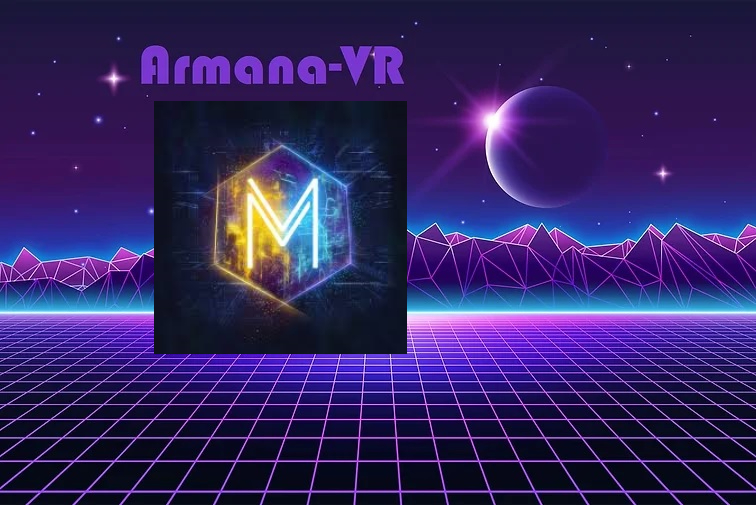Virtual reality (VR) has revolutionized the way we experience different industries, and architecture and design are no exception. The use of VR technology in these fields has seen a significant rise in recent years, offering limitless possibilities for architects and designers to create immersive and interactive experiences for their clients.
One of the main reasons behind the rise of VR in architecture and design is the ability to visualize spaces in a way that was never before possible. With VR technology, architects and designers can create realistic virtual renderings of their projects, allowing clients to step into the space and experience it before it is even built. This not only helps clients better understand the design concept but also allows for early detection of any potential design flaws or issues, ultimately saving time and money in the construction process.
Furthermore, VR technology has also made it easier for architects and designers to communicate their ideas with clients and team members. By immersing them in a virtual environment, stakeholders can better grasp the design intent and provide valuable feedback, leading to more collaborative and successful projects.
In addition to its practical applications, VR technology has also opened up new avenues for VR entertainment in architecture and design. Virtual reality experiences are not only limited to static renderings but can also include interactive elements such as virtual tours, walkthroughs, and even virtual reality games that allow users to engage in the design process.
For example, some architects have started using VR technology to create virtual walkthroughs of their projects, allowing clients to explore the space and make decisions on materials, colors, and furnishings in real-time. This level of interactivity not only enhances the client experience but also helps architects and designers showcase their creativity and innovation in a more engaging way.
Similarly, designers have also embraced VR technology to create immersive virtual reality games that allow users to experience and interact with their designs in a fun and engaging manner. These VR entertainment experiences not only serve as a marketing tool for designers but also provide a unique and memorable experience for users, further enhancing their brand recognition and reputation in the industry.
Overall, the rise of virtual reality in architecture and design has brought about a paradigm shift in how we perceive and engage with the built environment. With the integration of VR technology, architects and designers now have the tools to create more immersive, interactive, and engaging experiences for their clients, ultimately pushing the boundaries of creativity and innovation in the industry. As VR technology continues to evolve, the possibilities for VR entertainment in architecture and design are endless, making it an exciting time to be part of this rapidly expanding field.
************
Want to get more details?
Wakanda Metaverse VR
https://www.meta-armana-vr.com/
New York, United States
Step into a world where reality blurs with fantasy. Immerse yourself in a virtual reality experience like no other at Meta Armana VR. Are you ready to lose yourself in a new dimension?

